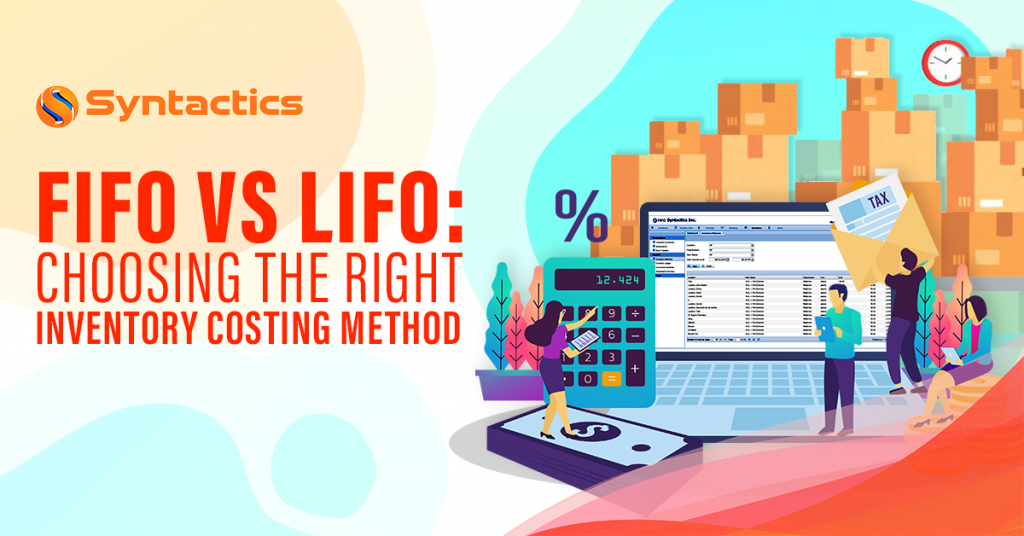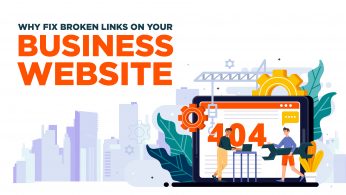
FIFO VS LIFO: How to choose the right inventory costing method for your business
To be able to account for the inventory cost of a business, one must decide what method to use based on the inventory it typically handles. Managing inventory involves costing and while there are three ways to do that, we will focus on two common methods, FIFO and LIFO.
First In First Out (FIFO) Inventory System
Companies who use a FIFO Inventory System and follow the FIFO inventory costing method sell goods in the same order they acquire them. For example, you sell the products you received first then work your way to the next and so on and so forth. This makes it more straightforward and easy to implement the method. Therefore, it’s also simpler for smaller businesses that don’t have to deal with a great amount of inventory.
Companies in industries that sell perishable goods are better off using FIFO. Since you sell older goods first, you don’t hold on to certain goods for too long. This way, you guarantee your customers that the products you have in stock are always fresh. At the same time, you are also minimizing the risk of losing products that become unmarketable due to spoilage.
Source: pexels.com
Furthermore, it’s also seen as the more transparent method of the two. Due to its nature to follow a more natural inventory flow, FIFO simplifies your record-keeping process and lowers the probability of making mistakes in bookkeeping. In fact, FIFO is more popular as it’s allowed by the International Financial Reporting Standards (IFRS) and the General Accepted Accounting Principles (GAAP).
FIFO is also more preferred when your products’ market prices are rising. During inflation, FIFO records the cost of your cheaper and older goods first—giving you a lower COGS amount. This makes companies who attain naturally high profits while using FIFO more appealing to potential investors.
Last In First Out (LIFO) Inventory System
On the other hand, companies that follow the LIFO accounting method sell the earliest acquired goods last. Companies who tend to use LIFO more commonly deal with items that aren’t at risk of spoilage. It also benefits you more if your products’ value increases over time. A few examples include oil, gas, lumber, and other raw materials.
Another reason to use the LIFO Inventory System would be the need to stay ahead of your competition. This is evident in news and media companies where they have to constantly supply the latest information to their audience. Similarly, clothing manufacturing companies that deal with fast fashion items also rushing to release and advertise their designer collections. These businesses use LIFO because their latest collections become their priority. They have to completely sell out before the latest trends and hype surrounding their items disappear.
Source: pexels.com
It’s worth noting that when following the LIFO inventory costing method, some items may remain in your inventory indefinitely. And when goods are stored long enough, they may end up not reflecting their current market value. This means that it doesn’t always present the most accurate representation of the total inventory cost. They will then be known to be understated accounts. On the other hand, LIFO is more advantageous when your products’ prices are rising. During these times, companies can gain a closer match between their revenues and the latest costs. This way, you save a bit more on taxes. However, the IFRS doesn’t accept LIFO accounting. Therefore, companies that engage in international trade end up creating and making use of both LIFO and FIFO for tax purposes.
FIFO VS LIFO Inventory Systems: Which Would You Use?
In the end, your need and a variety of other factors determine which accounting and inventory method is best suited for you. Before you decide, take a step back and assess your company as a whole. If you’re part of an industry that deals with products with specific shelf lives and expiry dates, you’re much better off using the FIFO Inventory System. On the other hand, LIFO may be better if that isn’t a problem because you’re working with non-perishable items. Moreover, take into consideration the kinds of goods or services you sell and your internal processes. After all, the right accounting and inventory system also depends on how you automate and streamline your business processes. Let us know which one works best for you!















Comment 0